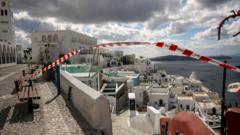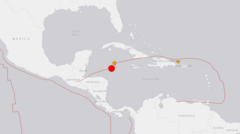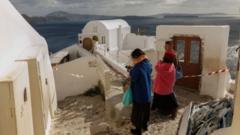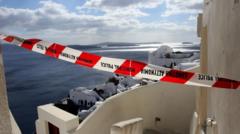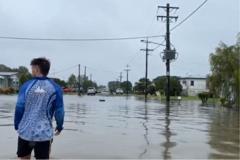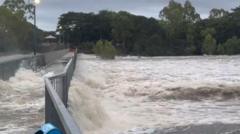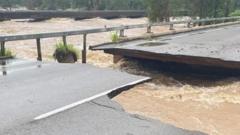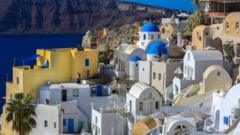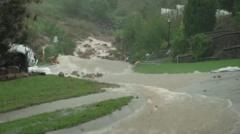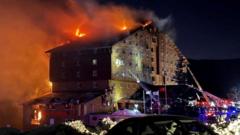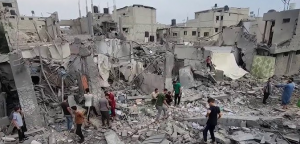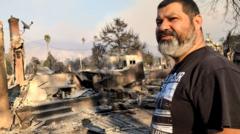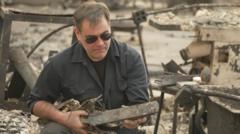**On Boxing Day 2004, a 9.1 magnitude earthquake triggered a catastrophic tsunami that devastated the Andaman and Nicobar Islands, changing lives forever. This survivor recounts the harrowing moments leading up to the disaster and the ensuing chaos.**
**Reflections on a Day of Devastation: Surviving the Boxing Day Tsunami**
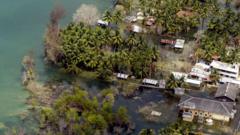
**Reflections on a Day of Devastation: Surviving the Boxing Day Tsunami**
**A personal account of the 2004 tsunami's impact, two decades later.**
On that bright morning of December 26, 2004, I was aboard a ferry destined for Havelock, an idyllic island in the Andaman and Nicobar archipelago. Having arrived just a few days before to visit my college friend, we had dreams of sun-soaked days on the pristine Radhanagar Beach, recently hailed as "Asia's Best Beach" by Time magazine. Our holiday was to be the perfect getaway, but fate had other plans.
As the ferry departed, passengers sunbathing or chatting suddenly felt a violent lurch. In a horrifying turn of events, we watched the nearby jetty collapse into the ocean, shocking everyone on board. Little did we know that this was just the precursor to a much larger catastrophe; a massive 9.1 magnitude earthquake off the coast of Sumatra, one of the strongest ever recorded, was unleashing a tsunami that would wreak havoc across several nations, including Indonesia, Sri Lanka, and Thailand.
Located about 100 kilometers from the quake's epicenter, the Andaman and Nicobar Islands were soon about to face the full force of nature. Just fifteen minutes after the earthquake, a colossal wave up to 15 meters high barreled toward us. However, we remained blissfully ignorant on the boat, cut off from communication and news.
Upon our return to Port Blair, the scenes that greeted us were surreal. Buildings lay in ruins, boats were strewn across roads like discarded toys, and the eerie silence was punctuated by the anguished cries of those who had lost everything. I met a young girl, traumatized and soaked, who recounted her narrow escape from drowning, while another woman lamented over the loss of her possessions and memories in an instant.
As the days unfolded, the island's plight became more evident. Saltwater had contaminated essential freshwater supplies and destroyed arable land, extending the disaster's shadows beyond the initial wave. A coordinated relief effort commenced, involving the military to bring supplies and aid, but the damage was extensive, and many regions remained isolated.
I vividly recall our visit to Car Nicobar, where the Indian Air Force base had been completely obliterated. The sheer scale of devastation left families torn asunder; one couple tearfully told me they only managed to save their infant while losing their other children. Amid the destruction, a solitary bust of Mahatma Gandhi remained intact, a poignant reminder of resilience amidst despair.
By the end of our coverage, it was clear that the toll was monumental: an estimated 228,000 lives lost, thousands missing, and entire livelihoods destroyed. Even two decades later, I often reflect upon that day on the ferry, wondering how close I was to being swept away in the storm of chaos. While I emerged unscathed, countless souls paid the ultimate price. In remembering their stories, I strive to honor their legacy as a testament to the fragility of life.


